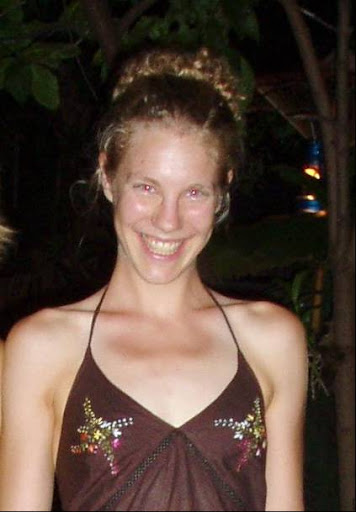This morning the team learned how to use the GPS units, and got a taste of what field work is like. The team is made up of 6 indonesians: Dessy, Windi, and Neli are female; Rohman, Yadi, and Tono are male. Neli and Windi have never done vigorous field work before, and after the training session (about two hours of walking around an open field and in a fruit garden with GPS units) they were exhausted. In Indonesia no one walks ANYWHERE – all movement is by motorbike or car or bus, so this is more activity than most everyone is accustomed to.
In the evening community members arrived at the school to make a paper map of the Cali area. The kepala desa, as well as about 4 other men gave input, but the kepala desa was the one who drew the map. Cali’s main revenue sources are timber (from illegal logging) and rubber. They also have extensive fruit gardens (durian, mango, and other tropical fruits I’ve never heard of) and ladang (areas that are cleared and planted with rice and other yearly crops). The people here don’t use fertilizer, so they must move rice cultivation to a new area every year – thus the term “shifting agriculture”. The end result is a diverse landscape in many stages of regrowth, from newly cut ladang to areas that look like forest, but which probably hosted ladang about 80 years ago. Despite all the reading I’ve done, I have a hard time understanding this form of cultivation and I suspect it will take me some time to recognize the different land use types.
We encountered some resistance from village members at the start of the map making session; they were wary that I was interested in making Cali into a national park. Apparently this situation recently occurred in a village north of Cali, and the local people are afraid it could happen to Cali as well. After assuring everyone that my purpose was not to kick villagers out of their town, everyone calmed down and at the end of the night we had our work cut out for us: Cali spans a distance of about 22 x 10 kilometers, and we had to map land uses within this area as well as borders with neighboring villages.

No comments:
Post a Comment